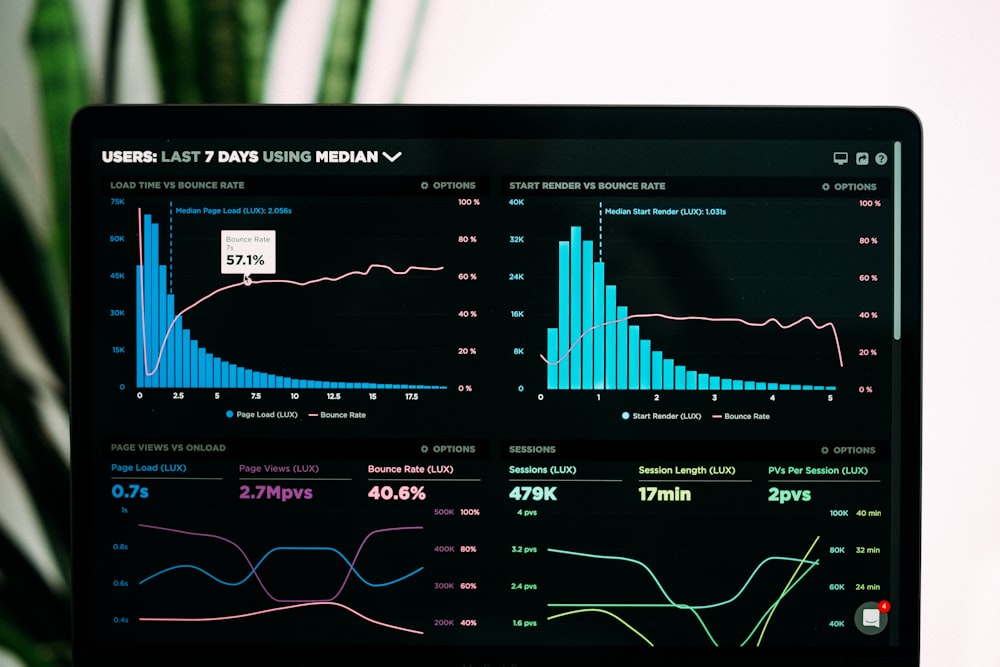With the increasing use of technology and trends focused on growth hacking, organizational growth has been a hot topic recently. From product design to every other process, growth and output enhancements are becoming regular in design processes. And like any early-stage discipline, the rise in the community of growth designers is now being closely observed.
But what is growth design, and how do the words ‘growth’ and ‘design’ blend together? More importantly, why are brands looking at growth designers, especially in these changing times? In this blog, we’ll explain the concept of growth design and outline the best practices to help you ace it.
What Is Growth Design?
Growth is no longer just a foray for business-focused teams, as now growth teams are found inside every tech company. Growth designer sees design through the lens of:
- Creating better customer experiences
- Elevating the business impact
In simplistic terms, a growth designer acts as a strategic contributor to product development and optimization. They are placed in the organization as the bridge between business and product teams to deliver a user-centric product design. To do this, growth designers need to be skilled not just in terms of design but should also understand how their work connects to the direct outcome of the business process.
A growth designer is not an actual job title but is more of a concept that tries to amalgamate the practice of data, experimentation, and design to ensure optimum growth. A good growth designer brings in product thinking, visual design, customer empathy, and awareness of the business to create a more user-centric and business-focused outcome.

How Is Growth Design Different?
Now comes the part of what differentiates a growth design from product design. Although these terms are focused on delivering value to the organization, there are a few contrasts.
For example, a product designer works across the product and understands the goals to build features and identify pain points that need to be addressed. In contrast to this, a growth designer needs to dig deeper to understand and track the impact to deliver superlative customer experiences. They are primarily focused on elevating and finding levers for growth.
This focused improvement in design makes it easier for users to save time in their business processes and act quickly. Growth designers act as guardians of design experience and will ensure the product designers and the other teams are focused on business success.

What Does a Growth Designer Do?
Now that we’ve touched upon the aspects of growth design and their role, let’s see the aspects of growth design that one needs to be aware of. Growth designers leverage product designers’ capabilities such as customer research, design flows, interactions, design, and technology expertise to deliver impact. To practice growth design, one needs to start with:
Goal Setting and Focus
When it comes to deliverables and priority setting, each team is focused on their specific areas. On the other hand, growth designers can help each team focus on one key goal. This includes prioritization of tasks and providing focused deliverables that help fit into the overall organizational goals.
This ability to understand team goals and prioritize them in the overall goal setting requires goal designers to work with product development, marketing, sales, customer success, and support teams.
Research
Design approaches data from a different aspect, having the ability to see human behavior behind the data. This unique perspective enables growth designers to drive impact and add value to quantitive research, customer research, competitive research, and other aspects.
Analysis
Growth designers need to learn how to slide data and derive actionable insights from it. From the design focus, they should be able to track metrics and connect them to user behavior. By improving and measuring the impact of design, growth designers help companies improve the end-user interaction with the product.
Validation Methods
Finally, it all comes down to how designers can leverage inputs and capture data points that matter. Growth designers should be well versed with validation methods like A/B testing, Wizard of Oz, website or landing page tests, feature tests, etc.
When suggesting changes that they wish to bring to the product or the design, leveraging these validation processes can create a conscious and clear business value for the brand.
Does your firm need Growth Design?
As with any emerging discipline, growth design requires changing the business landscape, and many feel it is not a must-have. However, an increasing number of organizations are updating their processes and structures to inculcate best-practices in driving growth. With this objective in mind, growth design is sure to add value to both a startup or a larger enterprise.
With best practices in design and data-driven informed practices, growth design can add significant value not just till the product sign off but even post the release. With seasoned companies like Pinterest, Spotify, Dropbox, and others hiring growth designers, it is definitely a trend that’s here to stay.
Are there any tips for budding Growth Designers out there that you wish to share? Please drop in a note in the comments.
Also, at f1Studioz we are always hiring great Designers — if you’re one and wish to do some of the best work of your life, do check one of our openings and apply.








